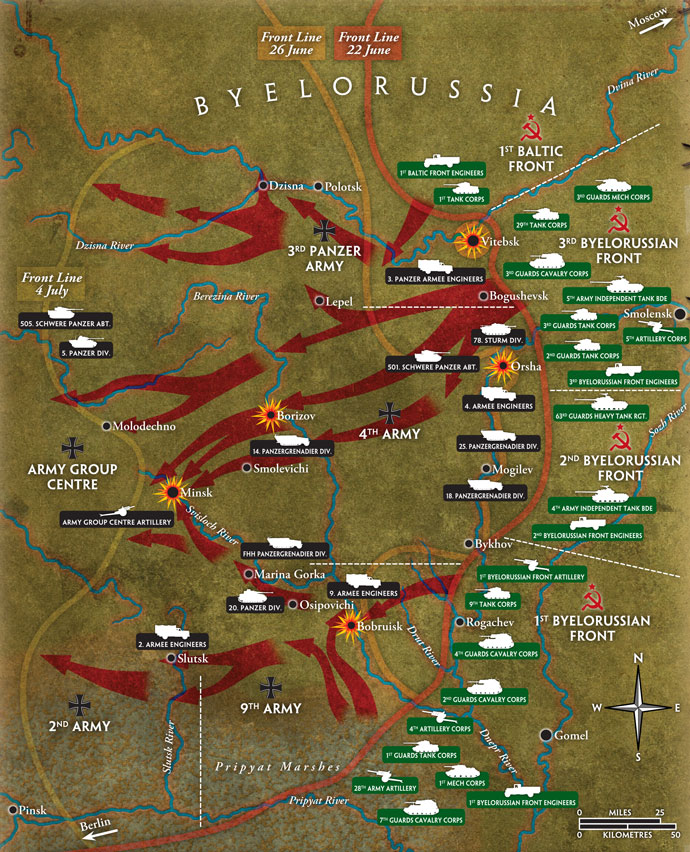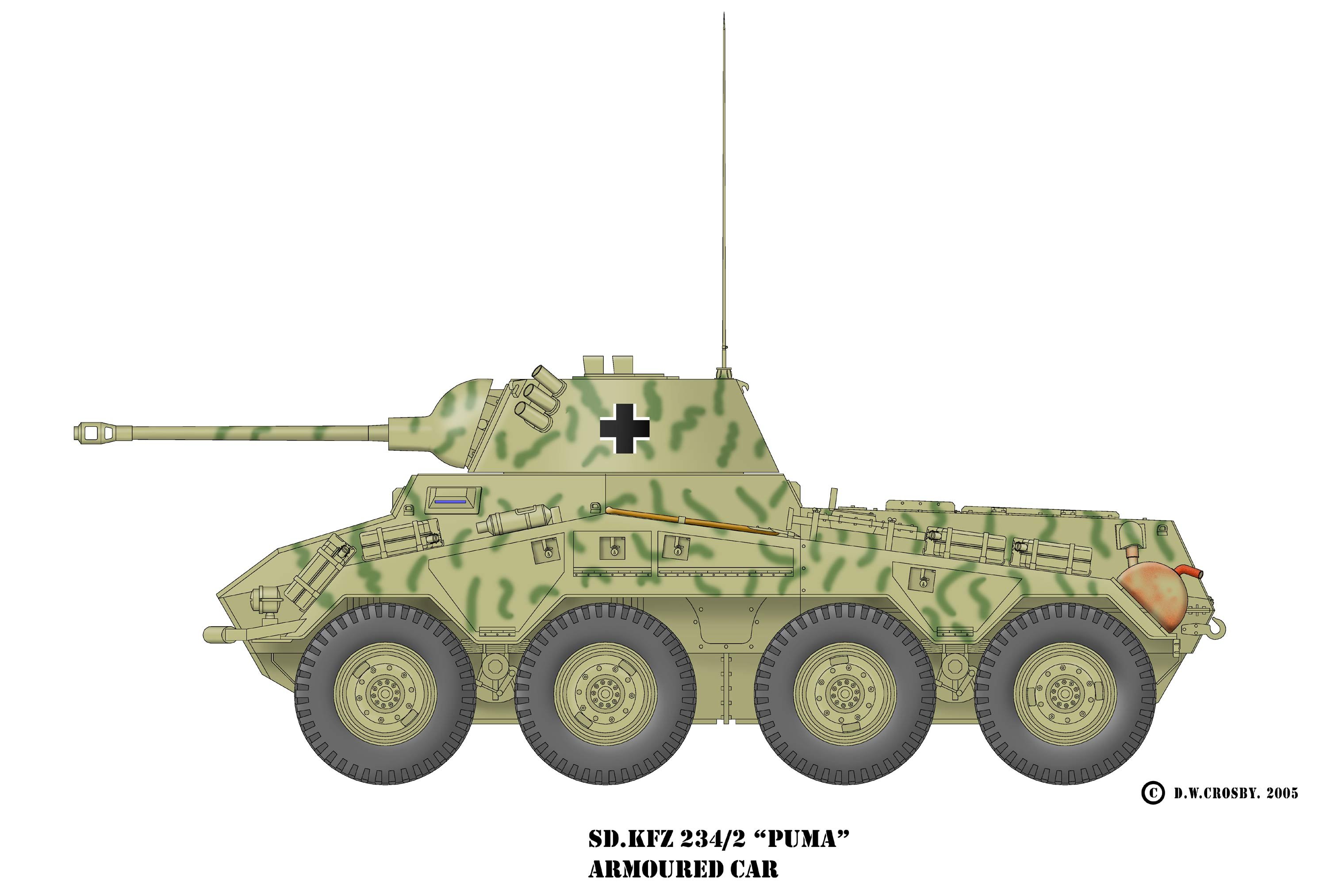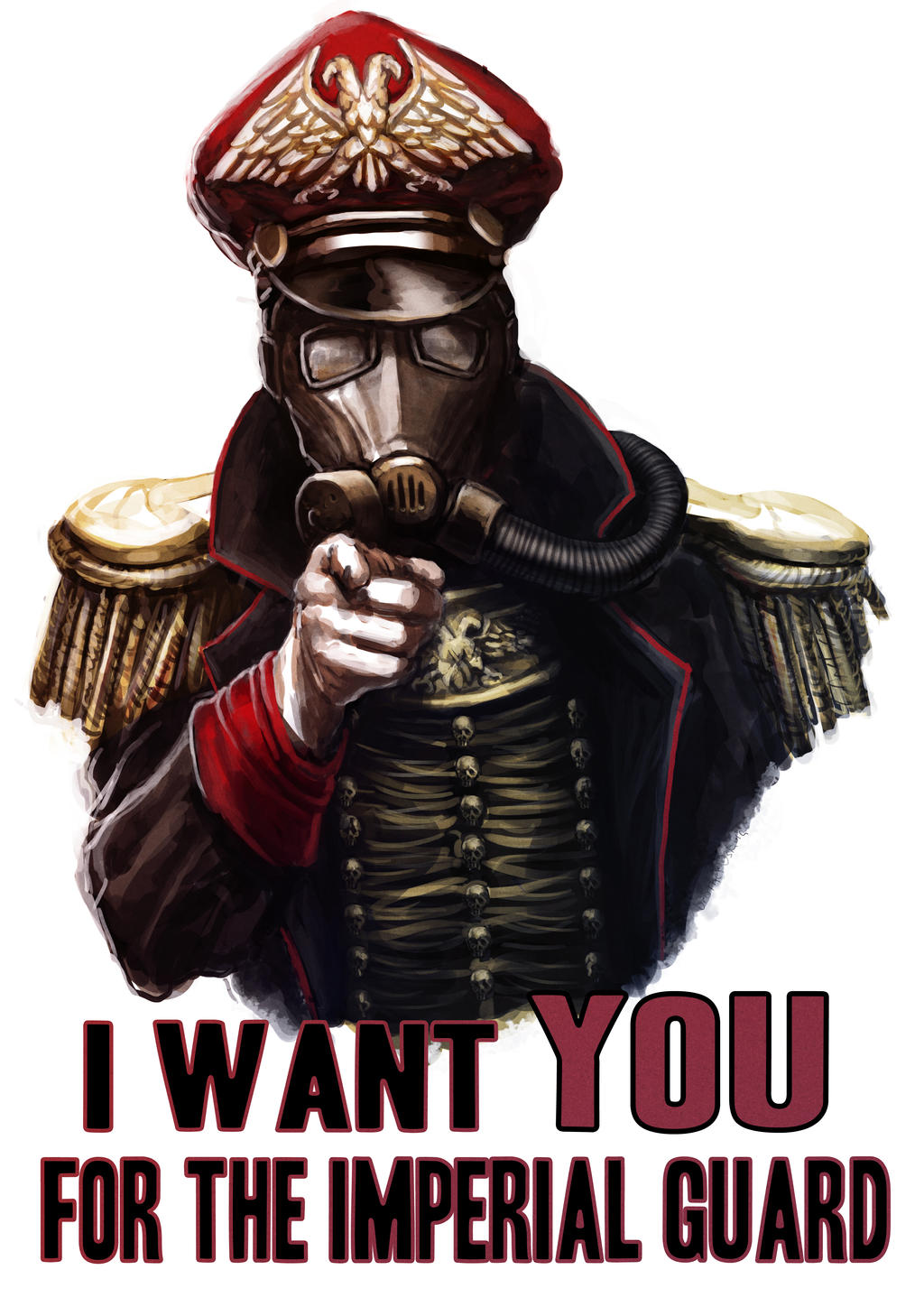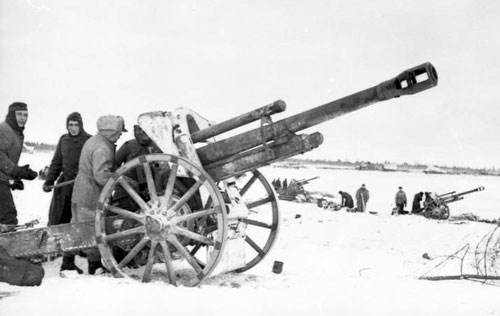Flames of War: Operation Barbarossa: Russia Invaded -
A sneak Peak and Sale
All the Flames of War fans out there: Battlefront miniatures have made a sneak peak available on their Operation Barbarossa book, soon to be released. (Oct 2014)
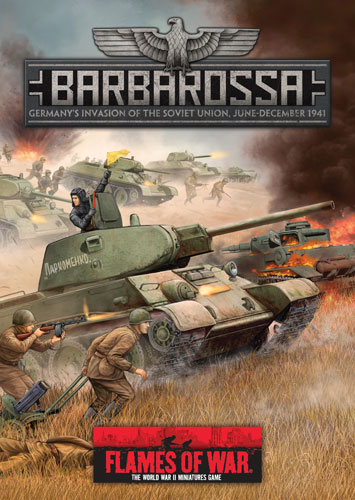
The Barbarossa book promises the 3rd Reich rampant:
- History of the German invasion of the Soviet Russia in 1941,
- Battle for Moscow and the Soviet counter-strikel.
- It appears Stalingrad is left out (?) Probably material for a next book.
- Options for German tank companies:
- Leichte Panzerkompanie, Mittlere Panzerkompanie, and Czech Panzerkompanie.
- Mobile infantry with a Panzerschützenkompanie, Schützenkompanie, and Kradschützenkompanie.
- Motorised and foot infantry with a Heer or SS Infanteriekompanie.
- Options for Soviet Army:
- T-34 tank equipped Tankovy Batalon,
- Lend-lease tanks with Inomarochnikiy Tankovy Batalon
- Motor infantry with a Motostrelkovy Batalon
- Infantry: Strelkovy Batalon with three different ratings options.
More info on their website (Clicky below)
So, great news for early war fans. Even better news: They have a limited time special on all their early war goodies!

Check things out on their website: Buy two get one free!
(Now wouldn't it be great if Games Workshop took a page out of BF's book -never in a month of Sundays!)
New model releases include:
New sculpt Pz III G/H and J, and Pz IV E and F 1/2
• New range of German infantry with greatcoats Early and Mid War.
• ZIS-30 - a Zis-2 57mm gun mounted on a Komsomolyets
• Plastic and resin early model T-34.
• Updated sculpts for KV tank series.
• BM-8 Katyusha option included with the BM-13 Katyusha box
Q and A from their site:
Q: When will we be charged for the orders?
A: Just like the Vietnam sale, orders will be charged once they are downloaded from the website.
Q: Will the new Barbarossa book and releases be included in the sale?
A: Barbarossa is released after the conclusion of the sale. However this is a great opportunity to get your supporting units and figures in preparation for the release of this book.
Q: How is the discount calculated?
A: We will sort your purchases in descending price order and change every third sale item to $0. So if you ordered 2 BR702 BEF Rifle Platoons ($18 USD each), 1 BR310 Daimler Dingo ($14.50 USD) and 3 BR052 Matilda IIs ($13 USD each), you would get the blister of Daimler Dingos and 1 of the Matilda II blisters for free.
Q: Do books count towards the Buy 2, Get 1 Free deal?
A: Yes. If you add any of the four books to your order they will count towards the buying 2 and getting 1 free (at the discounted prices obviously). So if you buy 1 book and 2 other products you will get 1 of them for free.
Q: Will there be stock?
A: Yes, although if demand is higher than our stock levels we will get it made as soon as possible and have orders completely fulfilled in the same order that they came through the webstore. Orders will be fulfilled in the order that they are received so get in early to avoid disappointment.
Q: Will the webstore show the correct discounted prices and freight
A: Yes! Our gnomes have been busy over the past week reprogramming the store so it should correctly determine which products will be free and apply the correct maximum freight charge.
Q: How long does the sale last?
A: The sale starts on 19 September 2014 and ends 6 October. The front page of the website will be updated once the store has the sale pricing.
